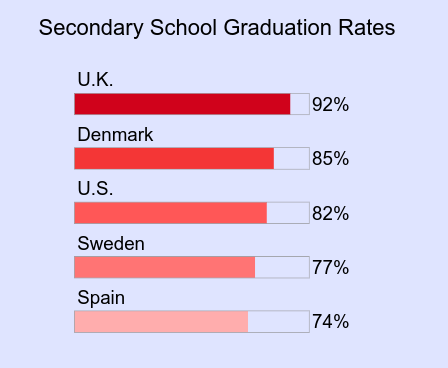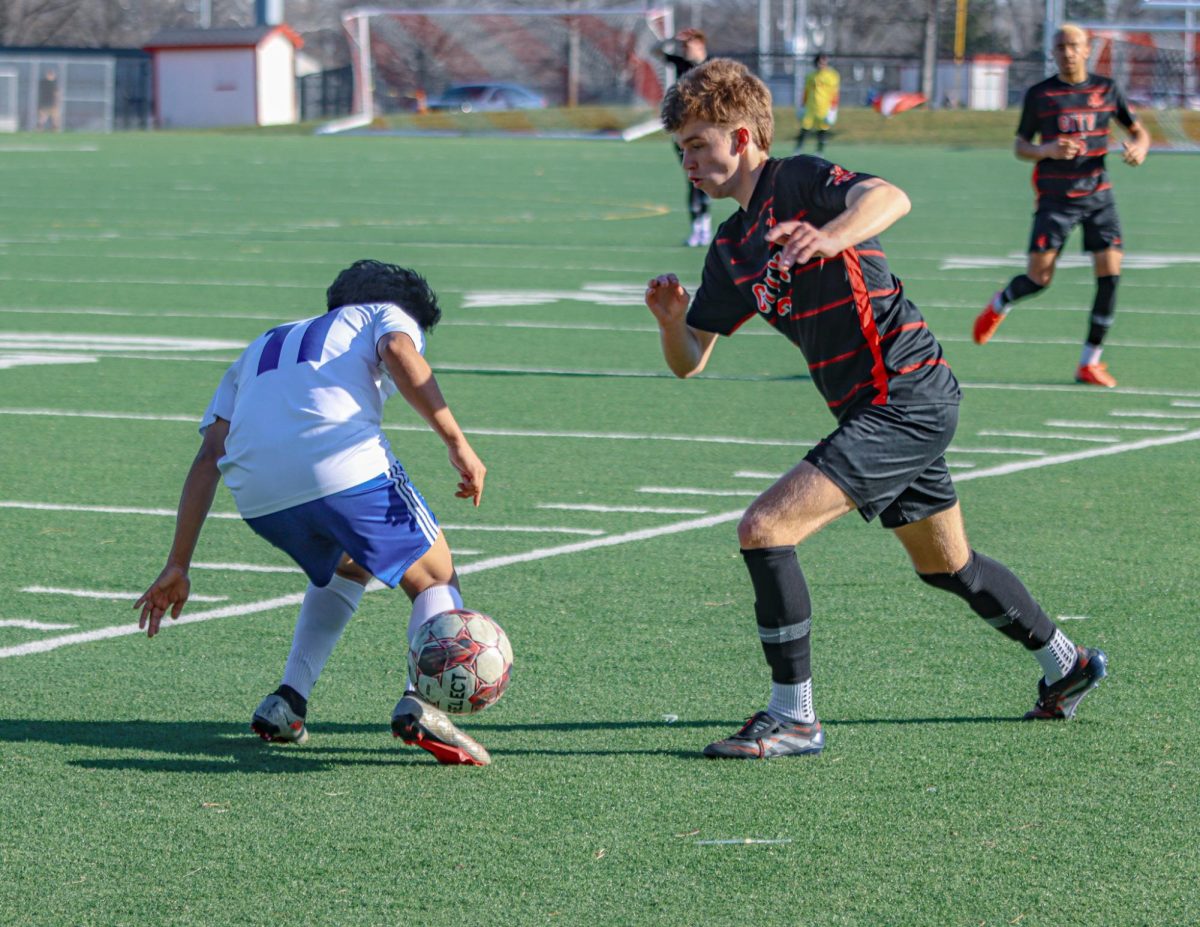Schools of Thought
How American schools compare to foreign schools through the eyes of exchange students
May 2, 2018
To foreign exchange students Sofie Knudsen ‘18 (Demark), Paula Mompio ‘18 (Spain), Erik Lycke ‘18 (Sweden), and Matt Jones ‘19 (England), City High is anything but familiar. However, for Iowa City students, City High is a normal high school. Unlike European and Scandinavian schools, it has many extracurricular opportunities, such as over 10 different school sports and more than 30 clubs and organizations.
“In junior high, we had P.E., but that’s about it. We don’t have any school sports, it’s all separate from school,” Lycke said.
In Denmark, Catalonia, and Sweden, students sign up for sports outside of school. These differences may reflect cultural priorities, as well as the economic reality that higher education is more expensive in the US.
“Here you guys can receive scholarships so I really understand why sports are so important for so many people here,” Knudsen said. “You have to pay for college here and it’s super expensive. I really understand why people have a big passion about sports.”
Knudsen also thinks that American schools value sports over studying and arts, while Mompio thinks they are equally balanced.
“I think there’s a thing [at City High] where if you don’t have more than a 3.5 GPA, you cannot do sports or stuff,” Mompio said. “That makes sense. If you wanna do one thing, first there is a basic thing you have to do before, and I like that.”
In England, there are school sports teams, but they are not as unifying than in the U.S.
“I was on the basketball team [in England], but it was a lot smaller. It’s pretty different in that when there’s a game here, everyone goes. It’s a big event,” Jones said. “But for our games, there would be a few parents and that was it.”
Lyke thinks that school sports contribute to the sense of school pride that is common American schools, but rare in small schools that City High foreign exchange students went to.
“I think the biggest difference is school spirit. Schools in Sweden are more focused on just studying, and here with sports and assemblies and all, it just makes it a lot more fun. I like it a lot,” Lyke said.
Similar to the school pride students seem to show at City High, foreign exchange students think that social dynamics are different than abroad.
“The people here are so open. So, starting in a new school here went way better than expected. I was really nervous to go to this school but people here are so open– not that they aren’t open in Denmark. But you’re so nice to each other,” said Knudsen. “I just went up to people on the first day of school and I’m like, ‘Hey, can I eat lunch with you?’ and everybody says, ‘Yeah, sure!’. I think it’s awesome.”

www.statisticbrain.com/high-school-graduation-rates-by-country-and-state/
However, Jones had a slightly different experience.
“The one thing that I’ve noticed is that people in the U.K. seem to have much tighter relationships with their friends,” Jones said. “And here you’ve got quite a bit more friends and you just kind of drift in and out of who you’re tight with. But there, you make a bond and it’s really strong.”
Perhaps more significant than sports, spirit, and socializing are the differences in academic content. One example is the amount and variety of classes made available to students. About 140 classes are made available to City High students every year, not including dual-enrollment classes. In Sweden and Catalonia, students are generally studying specific career material at 16 years old. In U.S. schools, students study a bit of everything.
“I’m lost and have no idea what I want to do because I have never done anything besides English, Spanish, Science, the basic stuff,” says Mompio.
Though America and other countries are very different when it comes to high school, they all have their strengths and weaknesses. In Denmark, students have a lot of freedom. For those who know what fields they want to go into, freedom can help them learn to their full potential; but for those who are unsure, freedom can be distracting. In Catalonia, there are less extracurriculars, so students can focus on studying. However, there are less opportunities.
“There aren’t many opportunities,” Mompio said. “[School] was never focused on sports and clubs.”
In England, although some grammar schools require passing a test before enrollment, it is free and offers a diverse and high-quality education. In Sweden, the high schools exclude topics that won’t benefit the students in their careers, but students report feeling prepared for their futures.
At City High, there are a lot of opportunities that allow students to get more experience, though some students report not feeling prepared for the future. However, education is education. Jones thinks the learning experience depends on the student just as much as it depends on the school.
“I don’t know which [school] is better,” said Jones. “I think it depends on who you are.”































